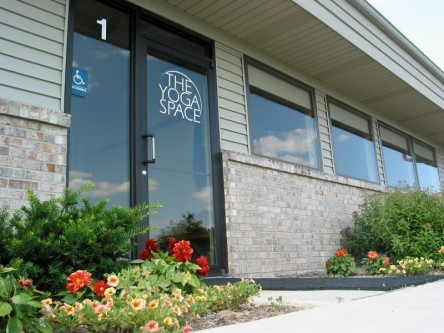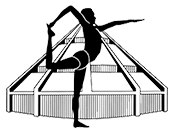“The Wheel Of Peace
The eight petals of yoga bring the fruit of poise and peace in us, peace in body and poise or harmony in mind. Unless there is peace in the body, there is no poise in the mind. Patanjali shows that heaviness in mind and body comes through klesa. After experiencing that peace, we should express that peace to our neighbors and to society.” From “Yoga and Peace” B.K.S. Iyengar, p. 150, Astadala Yogamala. Vol 1
“Yoga starts not only with the analysis of sorrow but also helps trace the root cause of sorrow. Sorrow is termed as klesa (affliction). They are either visible and recognizable or invisible, hidden and non-recognizable. The afflictions are: 1. nescience, 2. egoism 3. attachment to lust and greed 4. aversion,hatred or malice; and 5. selfishness or fear of losing the joys of life.” From “Yoga and Mind Culture” B.K.S. Iyengar, p 156, Astadala Yogamala Vol 1.
Yoga is quite commonly defined as “stilling of the fluctuations of the mind” (YS I;2). Most people when they find out that I practice yoga immediately jump to the conclusion that I must be very flexible; when they find out that I teach the reaction is often to begin to talk about how stiff they are and how they should make time to stretch more. I won’t argue that yoga can help you improve your muscular flexibility, but I often try to explain that yes, you will feel some stretching when you take a class, but that yoga is much more than that. It requires flexibility in many ways, mental, emotional, attentional etc and also requires a great deal of strength on many levels.
But what does Mr Iyengar mean when he says that “yoga starts not only with the analysis of sorrow but also helps to trace the root of sorrow?” What does this have to do with dog pose where you stretch your hamstrings and strengthen your arms? If you think of yoga as “stilling the fluctuations of the mind” you will get a clue. Working through your body to find peace there in order to find peace in your mind is a concrete way of addressing the mental fluctuations and eradicating them. To eradicate them you have to discover the root cause and go after that. A plant that is trying to grow in hard, compact, infertile soil will not grow well. Just pruning off the diseased leaves and branches may make it look better, temporarily at least, but will not heal it.
The Sanskrit term for sorrow, or affliction, (that which disturbs us) is kleasa. These are the underlying causes, the compacted, sterile soil at our roots that make us to grow as we are. We can either be stunningly aware of them, say you were born with one leg longer than the other and have low back or hip pain as a result. Or we can be unaware of them; there is something in your ‘nature’ or long ago in past experience that you no longer can recall, that makes you react quickly in anger when something crosses you. It is easy to simply say that “that is my nature, or my mother is the same way, we both are quick to flare up” and dismiss it. But at the root there are things we can do to change, once we understand what is driving us.
These kleas’a can work in what may seem like positive ways too. Your body has a propensity to do back bends and so you knowingly or unwittingly practice lots of them and skip on other kinds of poses, they come easily and you are able to get deeper and deeper into them. Over time though such a lop-sided practice will have its consequences. Mr Iyengar talks about this in his own life and the impact on his health. What may seem like a positive and pleasant thing will become the root of discomfort; more sorrow.
Think about your practice (without chastising yourself for something about it). When you experience discomfort in a pose how often do you take the time to “trace back to the roots”? Or do you just come out and go on to the next pose? Can you stay and adjust, do you think about other poses without that same discomfort that have connections to the one you are doing in order to understand the difference? Do you stay long enough to analyze the differences in your right and left sides? What can you learn about your self, or do you simply make a note to ask your teacher at the next class.
Please add your thoughts, questions and observations.


Leave a Reply